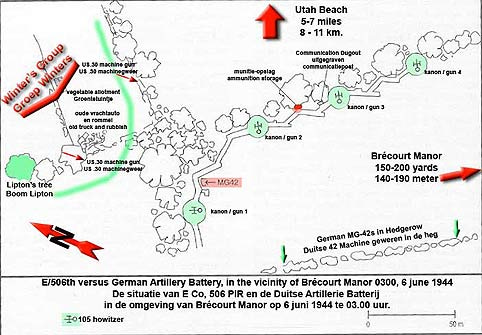This post is for my milstack/military friends and reader; if you are in my general audience it may not be of particular relevence to you. I tag some of them here:
Western militaries and the U.S. in particular have a problem with regard to training scenarios. They are routinely built around doctrinal answers rather than providing scenarios to which doctrine can be applied. This makes training unrealistic and repetitive at the small-unit level. Once we get into company-level scenarios, the situation is even worse; almost all of these training events are scripted by the battalion command to test its line companies’ ability to obey doctrine rather than solve a complex battlefield problem. At the battalion level, scenarios are often designed by the command staff for them to solve, meaning the battalion staff themselves receive little to no actual training value. Lastly, scripted scenarios almost always ensure that whichever unit is ‘playing’ OPFOR is wasting its time.
There are a lot of reasons why training scenarios are created in this way, but the one I want to focus on here is a lack of creativity. Trainers often design scenarios around the doctrinal answer, which is the easiest way to create them. For example, if I were testing a fire-team’s ability to conduct Battle Drill 6, I would probably want to give them a simple corner-fed room, (connex), to clear. This is fine for training the lower-enlisted on the basic drill, but presents no challenges to that Fire-Team Leader or Squad Leader, who is only focused on training his men not himself. If, however, I presented the same Fire-Team with a fully furnished room which has an unusual shape, that Leader would now learn the limits of strict doctrine. (Battle Drill 6 is also largely outdated, but that’s a topic for another time).
To get around this creativity issue, I am proposing a solution that is actually quite old: recreate historical battles. This is nothing new, military planners have been doing this across the ages, but in modernity we tend to limit historical recreation to wargaming for senior commanders rather than our lower-echelons. However, recreating historical scenarios is actually much easier at lower echelons and perhaps has even more value.
Here’s an example: I have a Platoon in my Company that I want to run through conducting a raid with. The classic scenario to use for this would be a single Squad, (3:1 odds of course), set up in a series of connexes with no outer perimeter. This is fine for strictly recreating a doctrinal answer, but forces neither the PL, PSG or their SLs to use their heads.
Instead, I opt to recreate the Flak Battery at Brecourt Manor which was taken down by E Co, 506th PIR, 101st Airborne, (a scenario we’re probably all familar with). Obviously I don’t inform the PL conducting the assault of this fact. We set up the company mortars in similar positions to the Flak guns, with the MG’s of another Platoon defending their positions, (they can run through gunner drills until the raid so them ‘playing’ OPFOR isn’t a total waste of their time). Ideally we would like a trench system to be present since almost any future conflict we see will have one, but if not we could perhaps use some other form of cover.
It won’t be a perfect recreation of course, (for starters we’ll only have two mortar systems), but it creates a scenario much different than connexes surrounded by woods. Additionally, we can set left/right limits for the platoon due to a notional front line, (raids in conventional warfare will not have the luxury of conducting a leaders recon from every angle).
This sort of training event tests not only the Platoon’s lower-enlisted, but also its leadership. Now not only do they have to plan the usual details for a raid, but they also have to deal with contingencies where creativity will be required. In addition, it can allow the OPFOR to conduct a realistic defense so that their training value is also improved, (I can’t tell you the number of times I have led and OPFOR unit that was essentially told to stand in one spot and die when BLUFOR showed up).
If you are training some sort of COIN operations, leaders can recreate fights from their own deployments as well, (I’ve seen this done very well with regard to IEDs). No scenario will provide more realistic training than one which you’ve lived through, and it will certainly beat running through Battle Drill 1A on an open field.
The idea of utilizing historical examples for training is just that: an idea. There’s no reason why a commander couldn’t create realistic scenarios using his own imagination, but historical examples from the second world war onwards are abundant and can serve as easy templates for quality training which will benefit both sides of the scenario.



But this would destroy my ability to shoot blanks over my head Somali pirate style as OPFOR and call it ‘training’
Are these training scenarios ever run in VR?